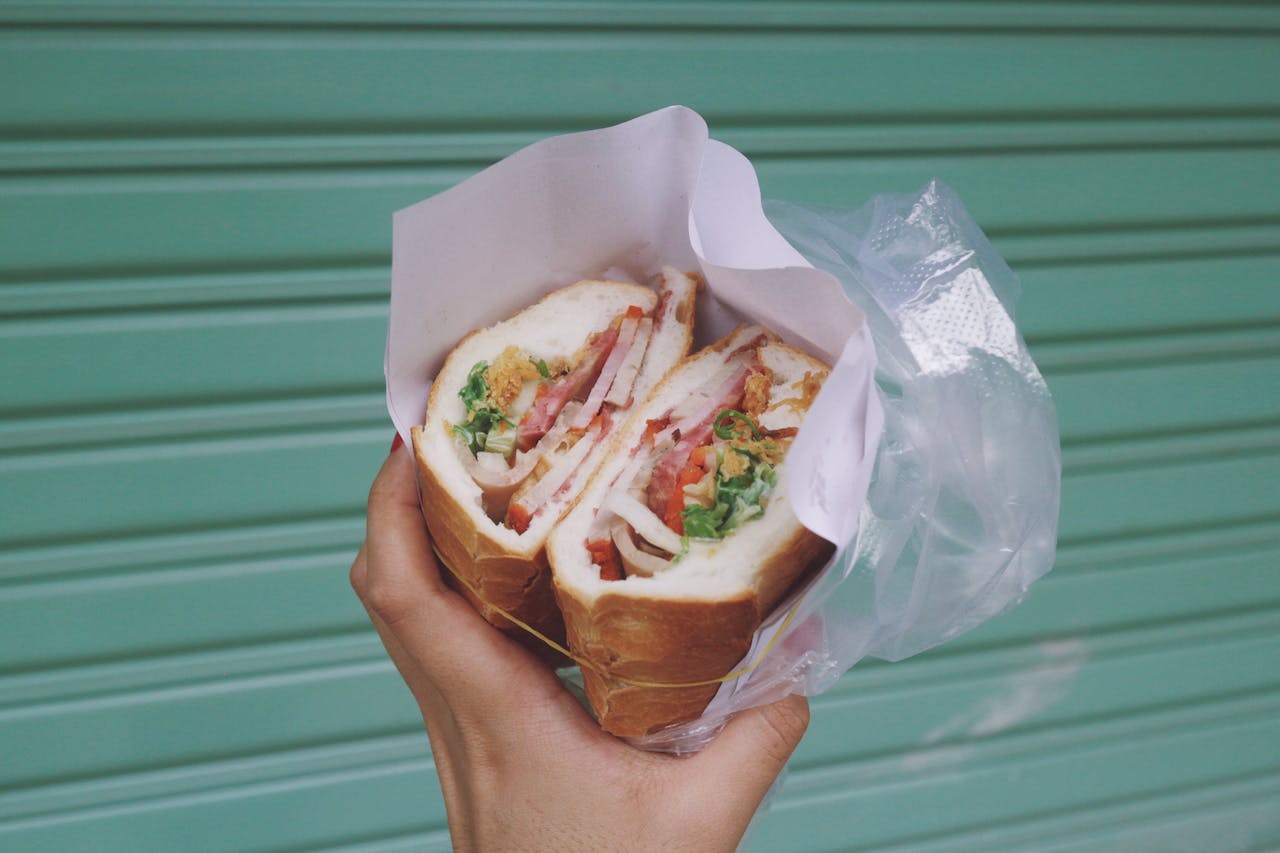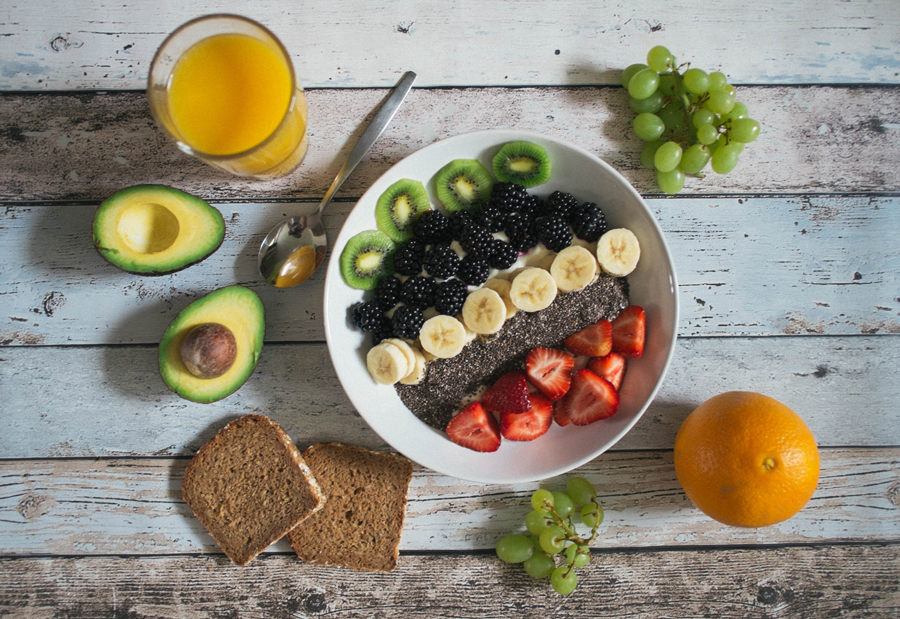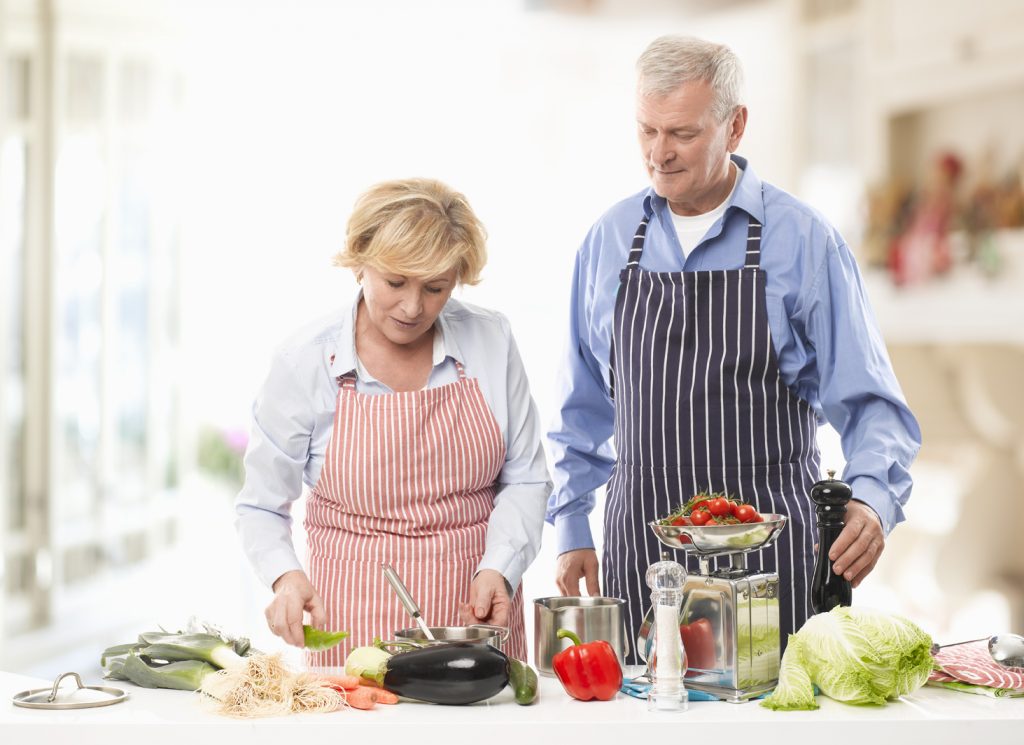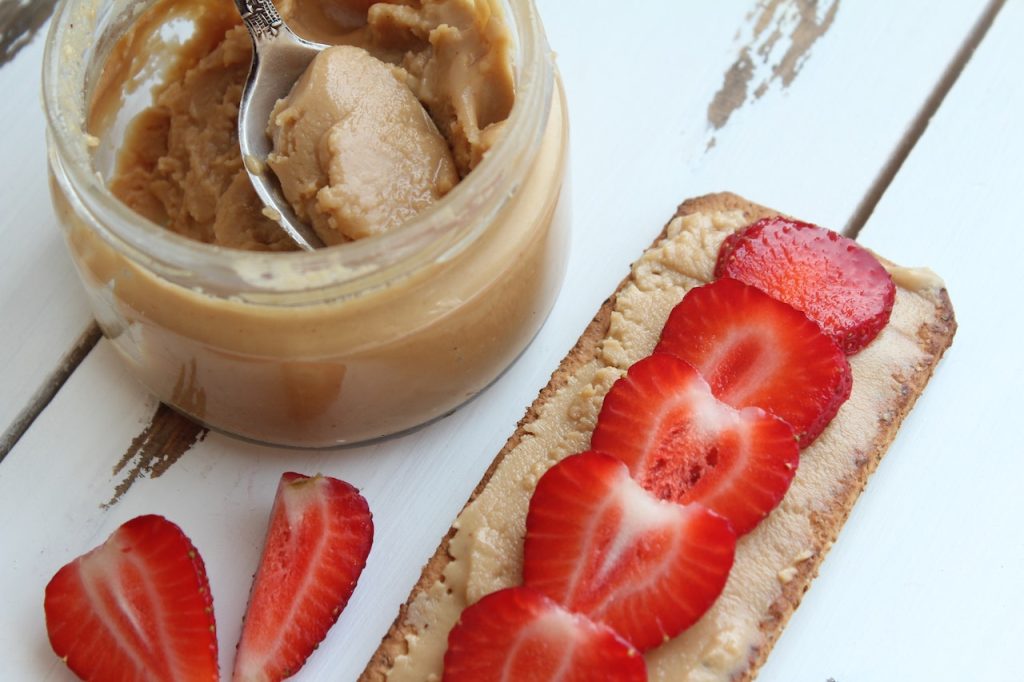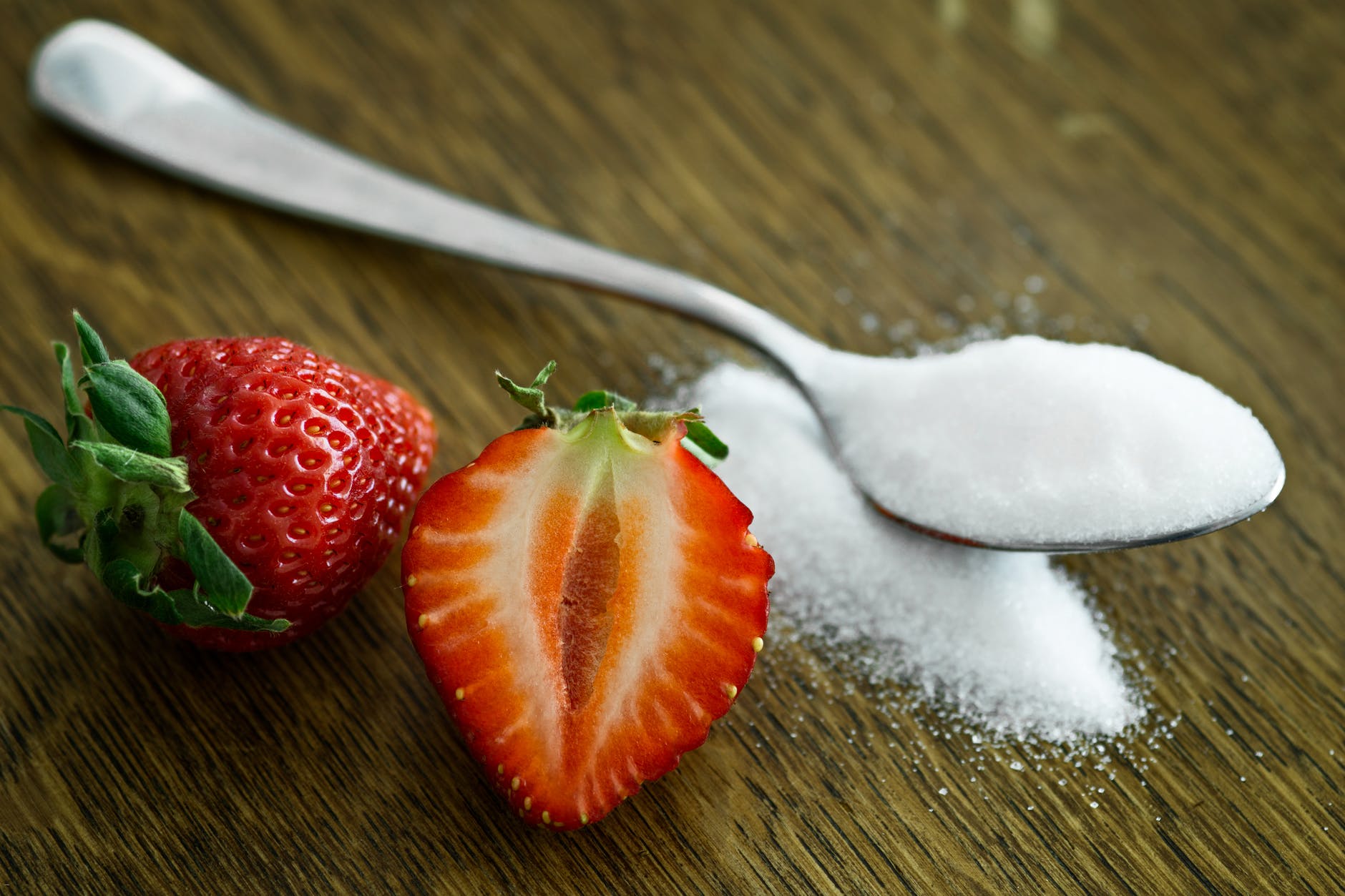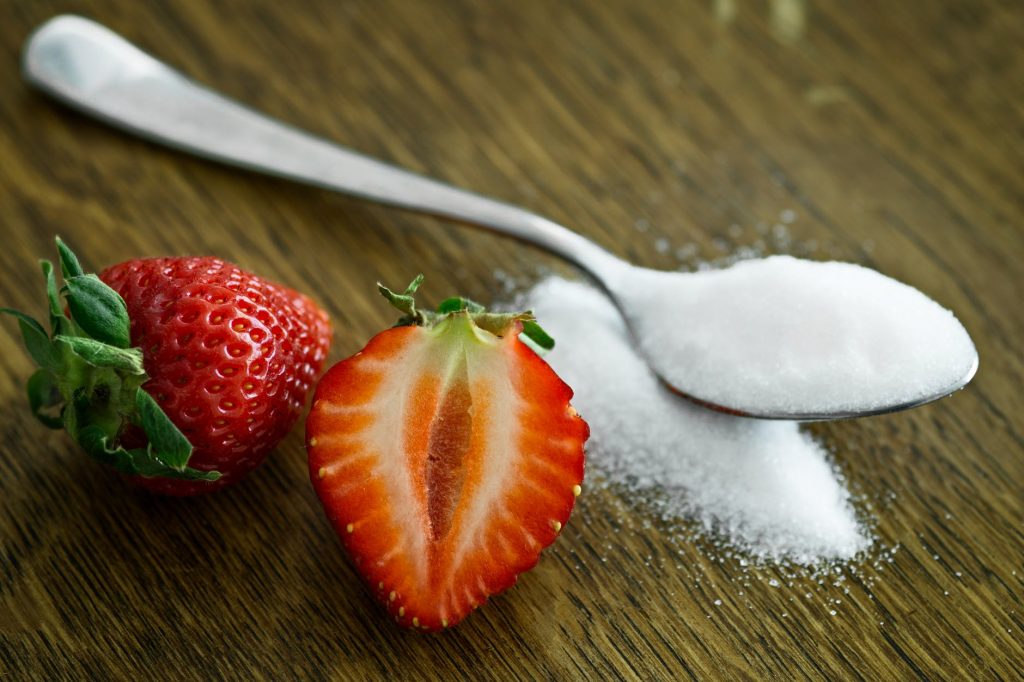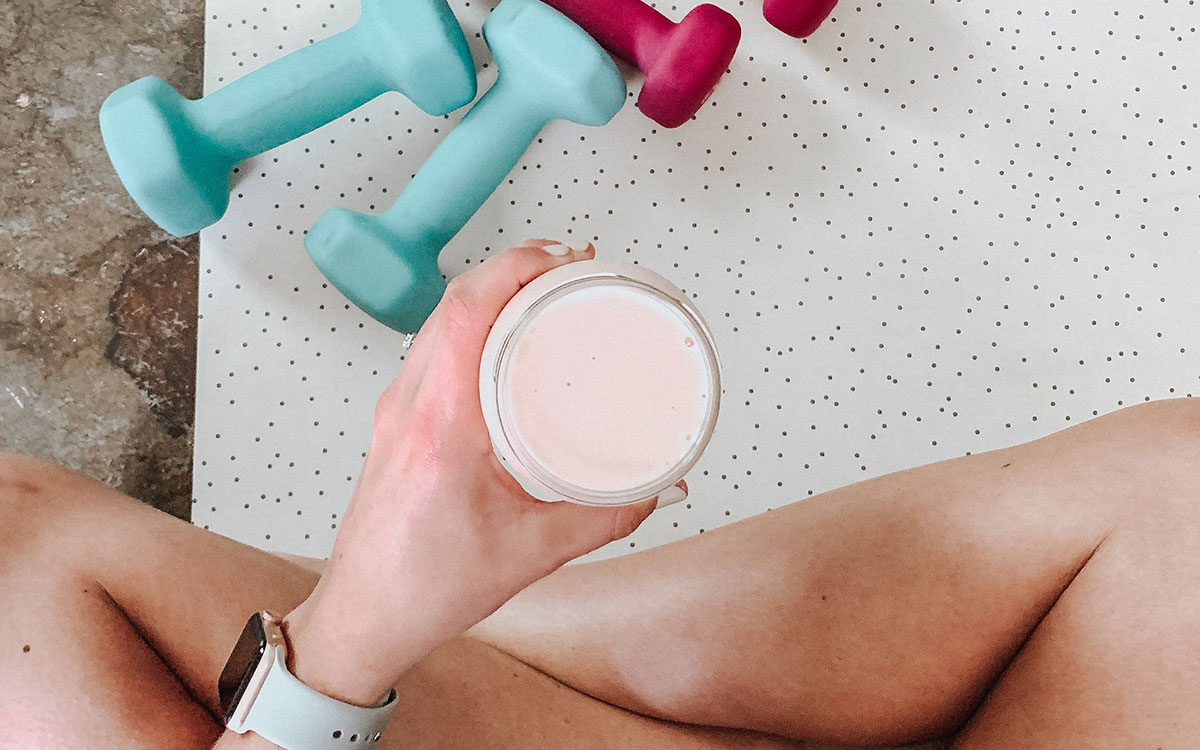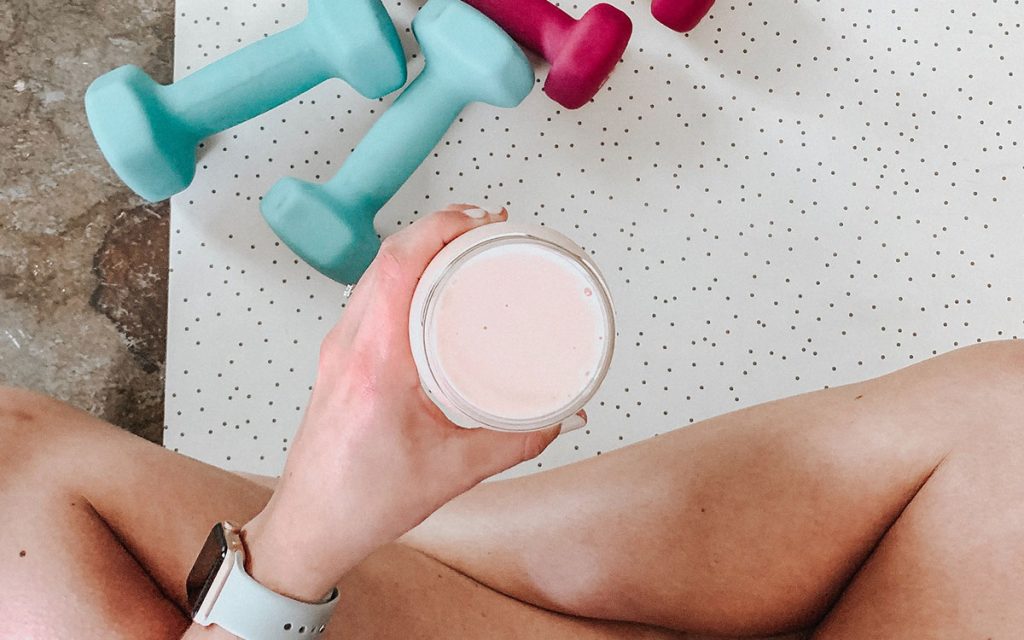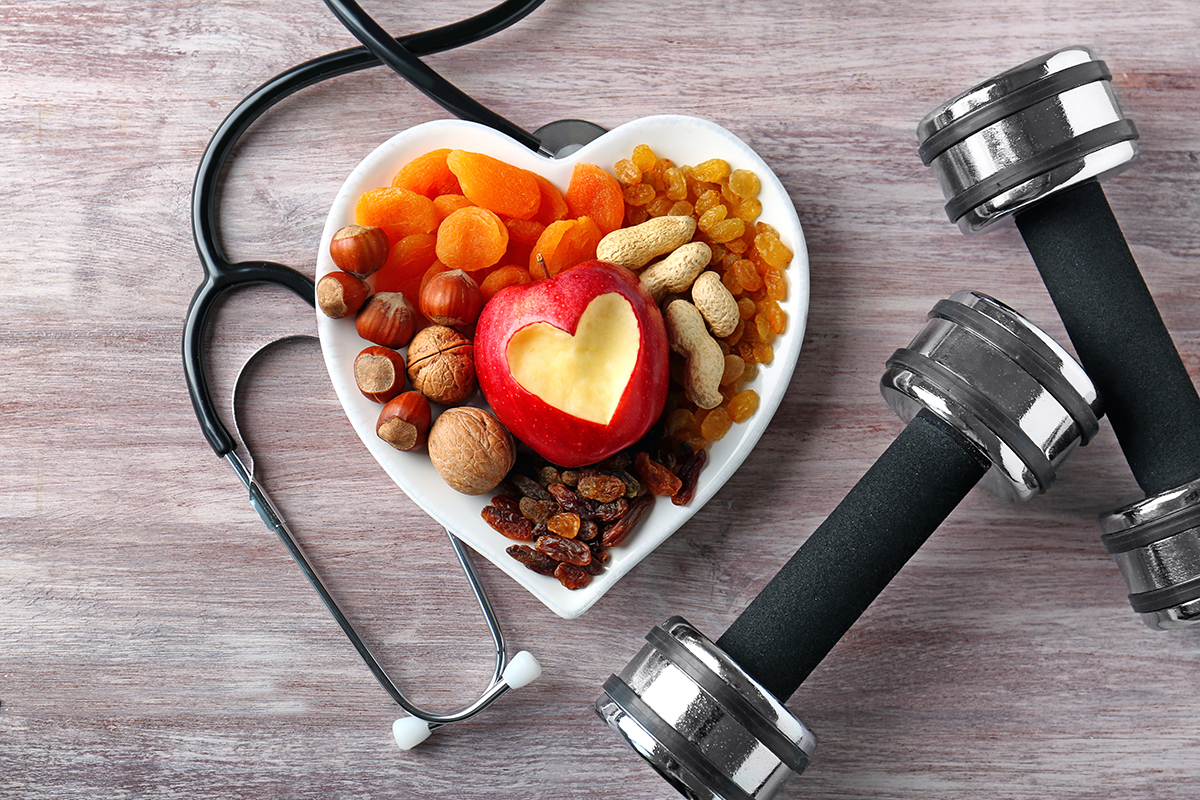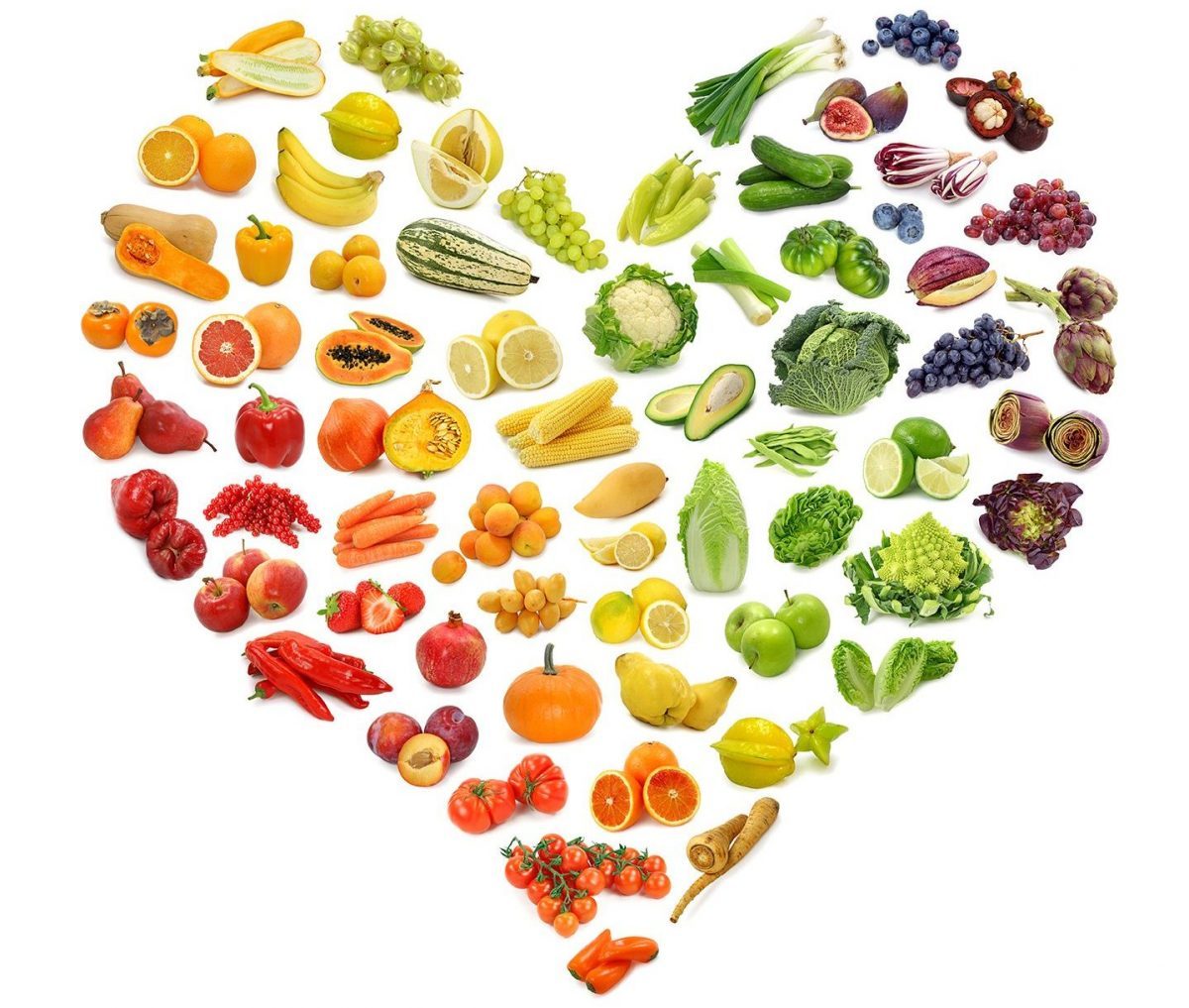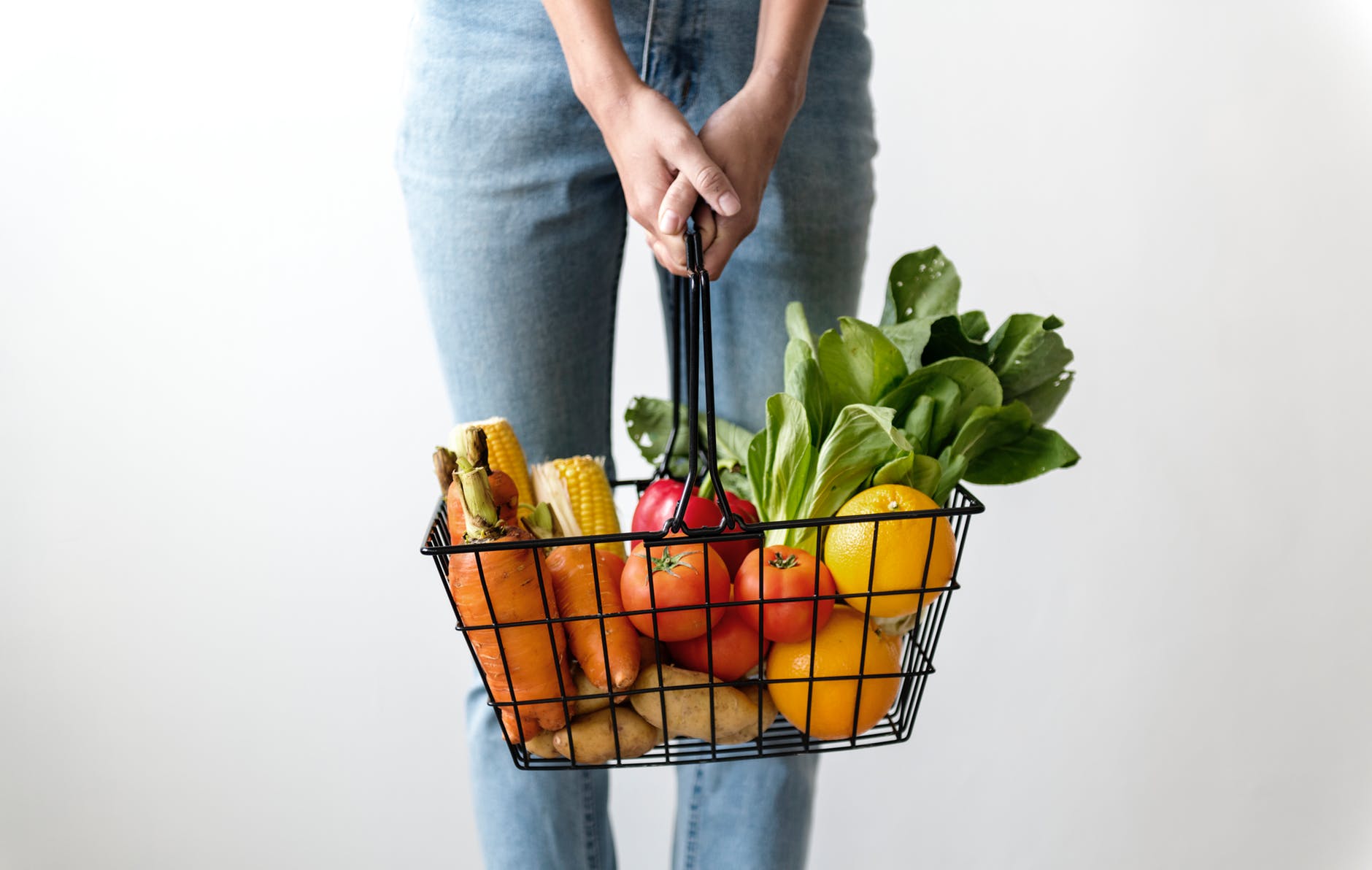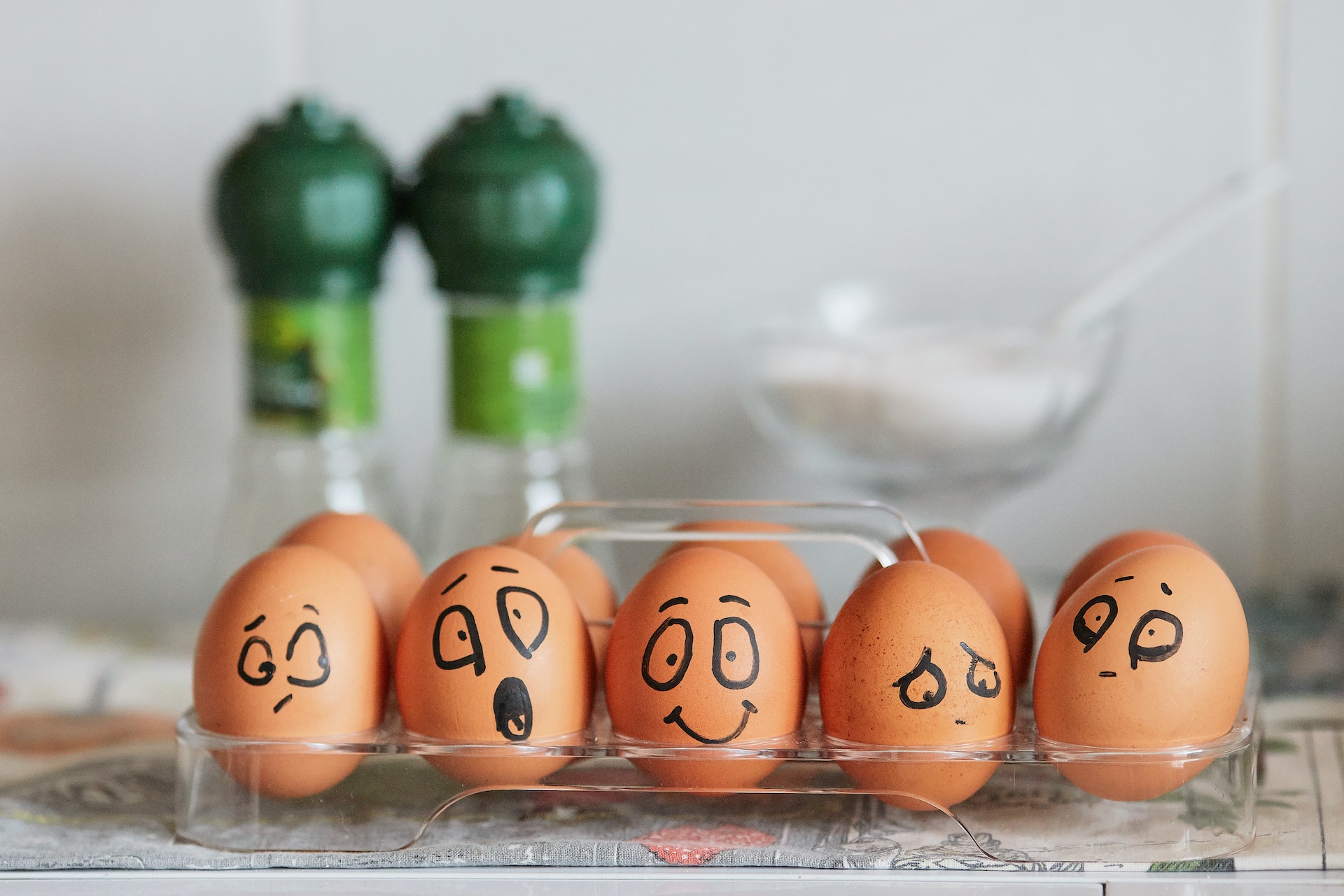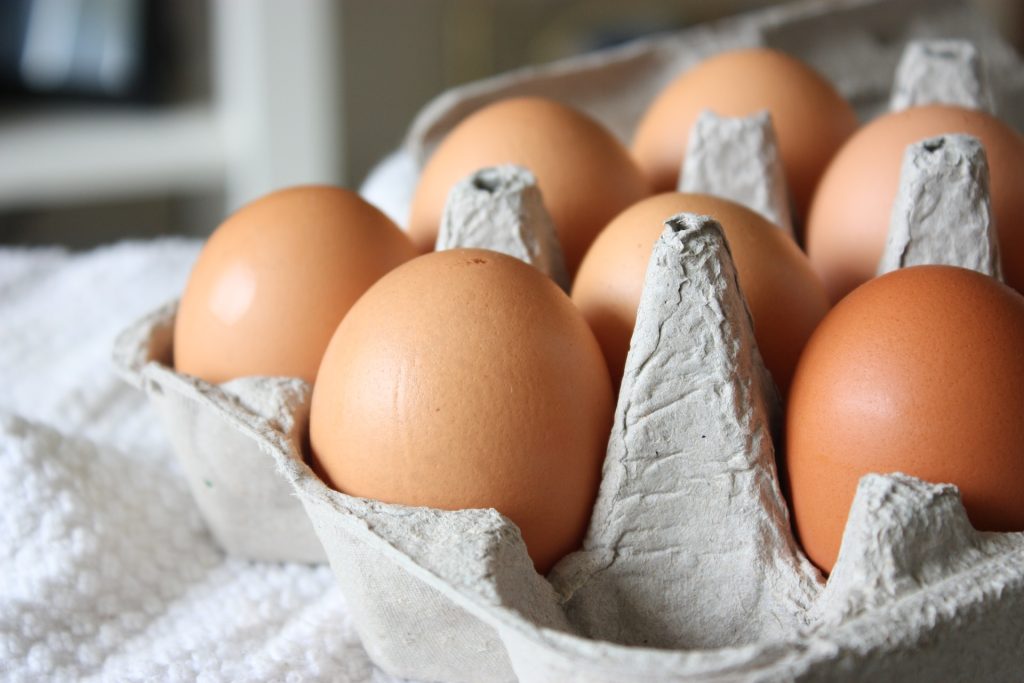Fueling Tips for Single and Double Workouts
As one coach aptly stated, “Too many athletes show up for training, but they don’t show up for meals. They might as well not show up for training.” So true! Pre-exercise fueling makes a big difference in terms of how well athletes can enhance their performance. Food eaten within the hour before exercise does get put to good use, helping athletes train harder and longer. (It also helps curb the post-exercise hunger and sugar cravings that can easily end up as overeating.)
You can only perform at your best if you are well-fueled on a daily basis. Yet too many athletes wonder what (and if) they should eat before exercise. Rowers want to know what to grab (if anything) as they roll out of bed and head to the boathouse. Triathletes ask about how to fuel for their second workout of the day. Runners want a pre-exercise snack that will not cause intestinal distress.

No one pre-exercise food is best for all athletes. Hence, you want to experiment to learn which foods settle best in your body. Here is some guidance for planning effective pre-exercise fueling.
First, take steps to train your gut (not just your heart, lungs, and muscles).
I’ve talked to many athletes (particularly in running sports) who purposefully choose to not eat within hours of exercise as a means to avoid gastro-intestinal (GI) upset. While this may seem like a good idea for the short term, it’s a bad idea if you want to optimize performance for the long run.
The intestinal tract is trainable and can digest food during exercise that lasts >30 minutes. (The gut shuts down during short, intense bouts, so plan to eat 2 to 4 hours in advance of those workouts!) To train your gut, start by nibbling on 50 to 100 calories of crackers, pretzels, or any simple-to-digest carb within the hour pre-exercise. Once your GI tract tolerates that snack, titrate the calories up to 200 to 300—maybe a packet of oatmeal, a granola bar, or an English muffin (with some peanut butter on it for longer-lasting energy). Experiment with a variety of fruits (applesauce), vegetables (sweet potato), and grains (leftover pasta) to learn what works best for your body. You are an experiment of one.
For some athletes, GI distress can be caused by the inability to thoroughly digest specific types of carbohydrates called FODMAPS (Fermentable Oligo-, Di-, Mono-saccharides And Polyols). Common sources of FODMAPs include garlic and onion (found in the spaghetti sauce & garlic bread often enjoyed the night before a big work-out), as well as apples and raspberries. For more in-depth FODMAP information, visit www.KateScarlata.com.
Meal timing matters. When you eat matters as much as what you eat.
Too many athletes eat backwards. That is, they undereat during the active part of their day, only to consume a huge meal before going to bed. Two standard excuses for skimpy daytime fueling include:
- #1: “I look forward to a big dinner. That’s when I finally have time to relax and reward myself for having survived yet-another busy day.”
- #2: “I want to lose weight. I can stick to my diet at breakfast & lunch, but I blow it at night. Evening eating is my downfall.”
- If either scenario sounds familiar, think again. You are going to consume the calories eventually, so you might as well plan to eat them when they can be put to good use.
Morning exercisers want to eat part of their breakfast (granola bar & latte) before they workout and then the rest of their breakfast afterwards (oatmeal, banana & PB). They then want to plan an early hearty lunch at 11:00ish and a second lunch/hearty snack at 3:00ish. The goal of the second lunch is to both fuel the upcoming workout and curb the appetite for dinner so they can then be content to eat a lighter dinner—and likely better sleep than if they had stuffed themselves with a big meal.
Athletes who do double workouts really want to eat a hearty early lunch to refuel from the morning session and prepare for the second (afternoon) session. They’ll have 4 to 5 hours to readily digest lunch before they train again.
You might need to plan time to eat.
Busy athletes who juggle work and/or school plus double workouts often complain they have no time to eat. Sometimes that is true and sometimes they choose to sleep a few more minutes (leaving no time for breakfast) or keep working on a project (leaving no time for lunch). Those are both choices. They could have chosen to make fueling more of a priority.
If you struggle with finding time to eat, plan ahead and schedule lunch time in your daily calendar, or set an alarm for snack-time before your 4:00 pm workout. Maybe you can convert your afternoon coffee into a latte, grab a banana, or eat an energy bar while driving to the gym or reading email? Anything is better than nothing.
If you go from work (or school) to afternoon workout, the extra-large lunch will offer fuel for an energetic afternoon workout. Alternatively, plan to have a 3:00 Second Lunch readily available (apple + cheese+ crackers; half or whole PB & J sandwich; yogurt + granola + banana).
Any fuel—even cookies or candy—is better than exercising on empty. You’ll even perform better after having enjoyed a sweet treat as opposed to having eaten nothing. (Research suggests sugar/candy eaten within 15-minutes pre-exercise can actually boost performance and not simply contribute to a sugar “crash.”)
Final thoughts
For athletes, every meal has a purpose. You are either fueling up to prepare for exercise, or you are refueling afterwards to both recover from the work-out and prepare for your next session. Fueling properly takes time and energy. You need to be responsible! Do not brush off meals and snacks as if they are optional inconveniences in your busy day.
Proper fueling requires time-management skills, particularly for students and athletes doing double sessions. You want to schedule time (rest days? weekends?) to food shop and batch-cook so you can have the right foods in the right places at the right times. You (almost) always find time to exercise; you must also find time to fuel properly.
Nancy Clark MS RD CSSD counsels both fitness exercisers and competitive athletes in the Boston-area (Newton; 617-795-1875). Her best-selling Sports Nutrition Guidebook is a popular resource, as is her online workshop. Visit NancyClarkRD.com for info.

